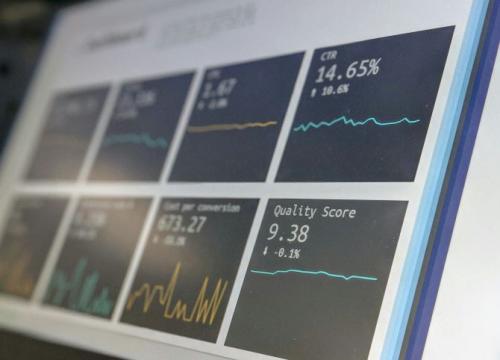Expert explains how ‘nano-caps’ can prepare for activist investors
Activists are increasingly setting their eyes on smaller companies and in August there was a substantial increase in activist activity toward ‘nano-caps’ compared with the same month last year, according to research from Activist Insight. These companies could face a tougher battle than their larger peers in a similar situation, an expert adds.
In August this year 60 companies drew activist attention. Of these, 26.7 percent were nano-caps or companies with a market cap of less than $50 mn. This represents a 6.2 percent increase since August 2015. So far this year 65.7 percent of the 575 companies targeted by activists have been small, micro or nano-cap companies.
‘The biggest issue is that [activist attacks] can be incredibly distracting,’ says John Kiely, managing director at Smithfield Consultants, which specializes in capital markets and financial services. ‘A large company will have a large IR department that can hire new people or outsource. For a smaller company, it will take up a lot of management time and resources and have a disproportionate cost.’
As soon as an activist sets its eyes on a company an IR team is on the defensive, Kiely explains. At that point he recommends looking at how that particular activist tends to operate. Some will be quick and go to the public with their complaint fairly swiftly; others prefer to do more behind the scenes. ‘Once you know their playbook, you can figure out a plan for how best to deal with them,’ Kiely adds.
Pre-emptive measures
He points out, however, that the best defense is a good offense, so the best thing an IR team can do is prepare before an activist attack. ‘There are several things a company can do as part of its IR program,’ he explains. ‘Most importantly, you need to know your vulnerabilities.’
A crucial part of this is communication. ‘You need to be delivering the messages of the board and help deliver its investment case to the market,’ Kiely says. ‘You need to explain it to people, shareholders, people within the industry, and so on.’
An activist will pounce if it believes a company is underperforming or not doing all it can to maximize value in its business. IR teams should be regularly checking their investor register to see whether an activist appears.
But why are smaller companies being attacked now? Kiely says activists have done a huge amount of fundraising, but they are short of targets. And the situation shows little sign of abating as the number of activists campaigns is growing: there were 64 in August 2016, compared with 47 in the same month in 2015.
The UK micro-cap sector is ‘fertile ground,’ Kiely adds. Over the years US funds have taken stakes in more companies and become more likely to attack, he says. Small companies have fewer analysts and corporate advisers, which gives activists more opportunities to find potentially large share price gains.








